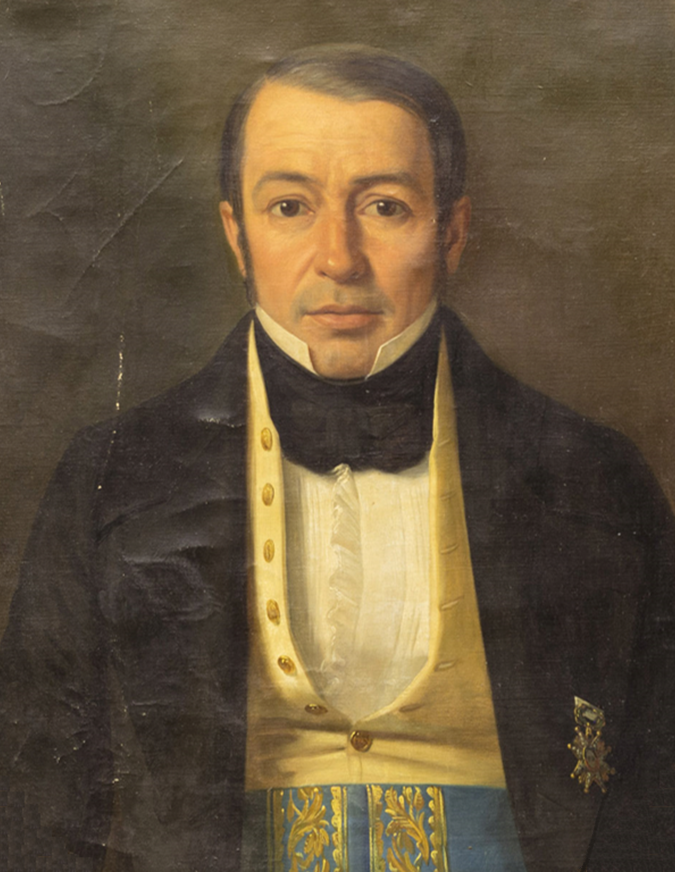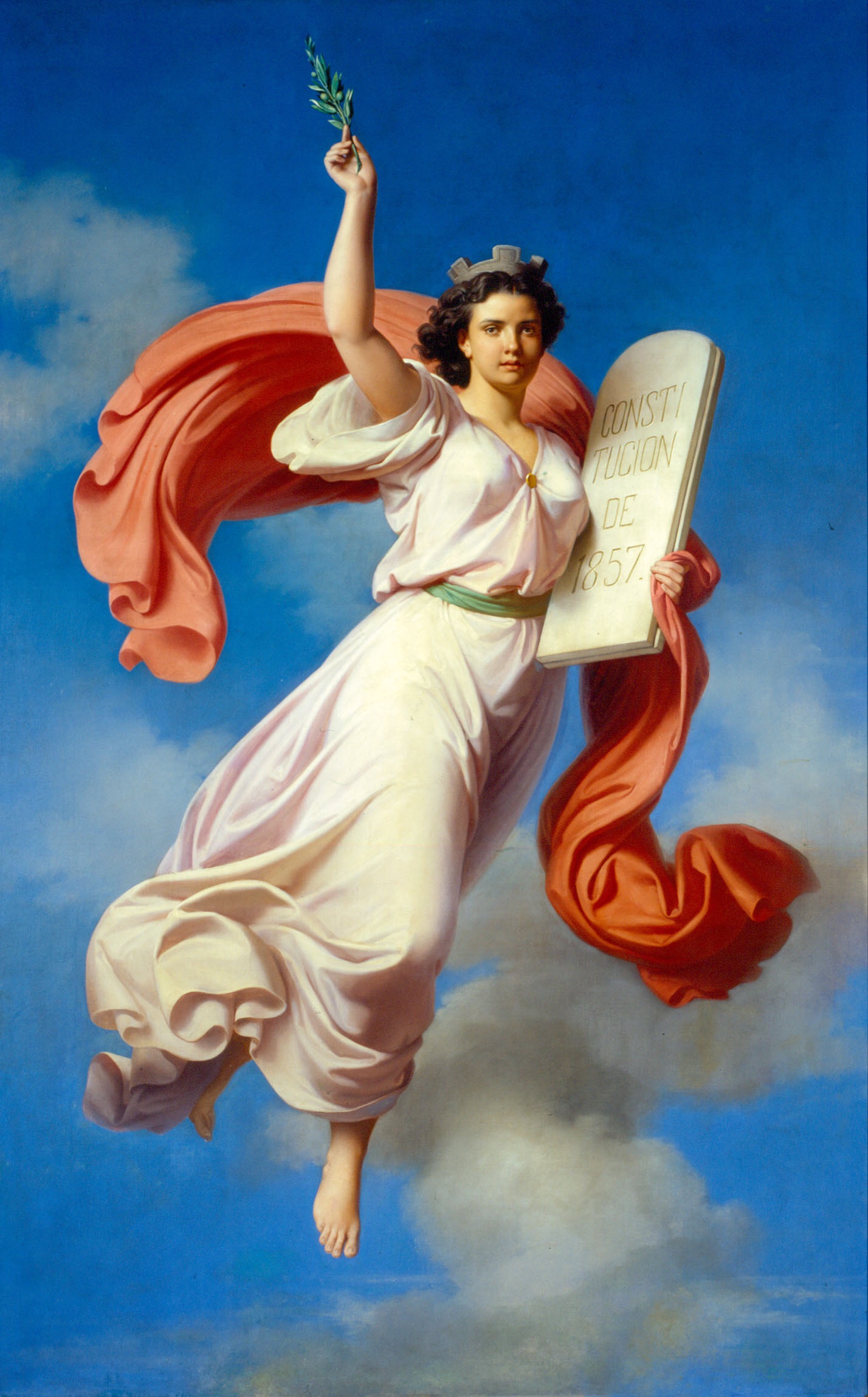|
Doctores Metro Station
Doctores metro station is a metro station, station of the Mexico City Metro in Cuauhtémoc, Mexico City, Cuauhtémoc, Mexico City. It is an underground station with two side platforms, served by Mexico City Metro Line 8, Line 8 (the Green Line), between Salto del Agua metro station, Salto del Agua and Obrera metro station, Obrera stations. It serves the ''Colonia (Mexico), colonias'' (neighborhoods) of Colonia Doctores, Doctores and Colonia Obrera, Obrera, and its name is on account of its proximity to the first one, whose streets are primarily named after physicians; the pictogram depicts a couple of them. Doctores metro station opened on 20 July 1994 with service northward toward Garibaldi / Lagunilla metro station, Garibaldi and southeastward toward Constitución de 1917 metro station, Constitución de 1917 stations. In 2019, the station had an average daily ridership of 12,334 passengers, making it the 138th busiest station in the network and the twelfth busiest of ... [...More Info...] [...Related Items...] OR: [Wikipedia] [Google] [Baidu] |
Metro Doctores Pictogram
Metro, short for metropolitan, may refer to: Geography * Metro (city), a city in Indonesia * A metropolitan area, the populated region including and surrounding an urban center Public transport * Rapid transit, a passenger railway in an urban area with high capacity and frequency * The public transport operator of city or metropolitan area * The transport authority of city or metropolitan area * The urban rail transit system of a city or metropolitan area Rail systems Africa * Algiers Metro in Algiers, Algeria * Cairo Metro in Cairo, Egypt Asia * Dubai Metro, in Dubai, United Arab Emirates (U.A.E.) * Kaohsiung Metro, in Kaohsiung, Taiwan (Republic of China) * Lahore Metro, in Lahore, Pakistan * Manila Metro, in Manila, the Philippines * New Taipei Metro, in New Taipei, Taiwan (Republic of China) * Osaka Metro, in Osaka, Japan * Taichung Metro, in Taichung, Taiwan (Republic of China) * Taipei Metro, in Taipei, Taiwan (Republic of China) * Taoyuan Metro, in Taoyuan, Taiwan (Re ... [...More Info...] [...Related Items...] OR: [Wikipedia] [Google] [Baidu] |
Colonia (Mexico)
In general, colonias () are neighborhoods in Mexican cities, which have no jurisdictional autonomy or representation. It is plausible that the name, which literally means 'colony', arose in the late 19th and early 20th centuries, when one of the first urban developments outside Mexico City's core was inhabited by a French colony in the city. Usually ''colonias'' are assigned a specific postal code; nonetheless, in recent urban developments, gated communities A gated community (or walled community) is a form of residential community or housing estate containing strictly controlled entrances for pedestrians, bicycles, and automobiles, and often characterized by a closed perimeter of walls and fences. ... are also defined as ''colonias'' and share the postal code of adjacent neighborhoods. In spite of this, the name of the ''colonia'' must be specified when writing an address in large urban areas in Mexico. It is a similar concept to the barangays of the Philippines. See also ... [...More Info...] [...Related Items...] OR: [Wikipedia] [Google] [Baidu] |
Conservative Party (Mexico)
The Conservative Party ( es, Partido Conservador) was one of two major factions in Mexican political thought that emerged in the years after independence, the other being the Liberals. At various times and under different circumstances they were known as '' escoceses'', ''centralists'', ''royalists'', ''imperialists'', or ''conservatives'', but they tended to be united by the theme of preserving colonial Spanish values, while not being opposed to the economic development and modernization of the nation. Their base of support was the army, the , and the Catholic Church. While containing a noted monarchist element which ended up resulting in multiple efforts to establish a monarchy in Mexico, the conservatives were not always averse to the republican form of government, but they supported the movement to have a centralized republic as opposed to a federal republic. With the fall of the Second Mexican Empire the conservatives suffered a decisive defeat, and the party ceased to e ... [...More Info...] [...Related Items...] OR: [Wikipedia] [Google] [Baidu] |
Liberal Party (Mexico)
The Liberal Party ( es, Partido Liberal, PL) was a political coalition that emerged in Mexico after independence. Strongly influenced by French Revolutionary thought, and the republican institutions of the United States, it championed the principles of 19th century liberalism, and promoted republicanism, federalism, and anti-clericalism. They were opposed by the Conservatives. The federalist Constitution of 1824 represented a triumph for liberal thought, and during the era of the First Mexican Republic, the party's chief ideologists were Lorenzo de Zavala and José María Luis Mora. When President Valentin Gomez Farias sought to pursue an anti-clerical campaign in 1833, among other liberal reforms, his government was overthrown, and the triumphant conservatives replaced the constitution with the Siete Leyes inaugurating a decade of the Centralist Republic of Mexico. By the time the federalist constitution was restored during the Mexican American War, a new generation of liberals ... [...More Info...] [...Related Items...] OR: [Wikipedia] [Google] [Baidu] |
La Reforma
''La Reforma'' ( en, The Reform), refers to a pivotal set of laws, including a new constitution, that were enacted in Mexico during the 1850s after the Plan of Ayutla overthrew the dictatorship of Santa Anna. They were intended as modernizing measures: social, political, and economic, aimed at undermining the traditional power of the Catholic Church and the army. The reforms sought separation of church and state, equality before the law, and economic development. The Juárez Law reduced the power that military and ecclesiastical courts held. The Lerdo Law forced land held in collective ownership to be sold to individual owners. It aimed at creating a dynamic real estate market, creating a class of yeoman farmers owning their own land, and raising revenue for the state. The measure was intended to strip the Church of most of its property, as well as to break indigenous communities' collective ownership of land. Both of these laws were later integrated into the Constitution of 185 ... [...More Info...] [...Related Items...] OR: [Wikipedia] [Google] [Baidu] |
Instituto Nacional De Antropología E Historia
The Instituto Nacional de Antropología e Historia (INAH, ''National Institute of Anthropology and History'') is a Mexican federal government bureau established in 1939 to guarantee the research, preservation, protection, and promotion of the prehistoric, archaeological, anthropological, historical, and paleontological heritage of Mexico. Its creation has played a key role in preserving the Mexican cultural heritage. Its current national headquarters are housed in the Palace of the Marqués del Apartado. INAH and the Instituto Nacional de Bellas Artes y Literatura are tasked with cataloging and protecting monuments and buildings regarded as cultural patrimony. INAH is entrusted with 'archaeological' (pre-Hispanic and paleontological) and 'historical' (post-Conquest 16th to 19th centuries) structures, zones and remnants, while INBAL is entrusted with 'artistic' buildings and monuments (properties that are of significant aesthetic value as deemed by a commission). Worthy edif ... [...More Info...] [...Related Items...] OR: [Wikipedia] [Google] [Baidu] |


